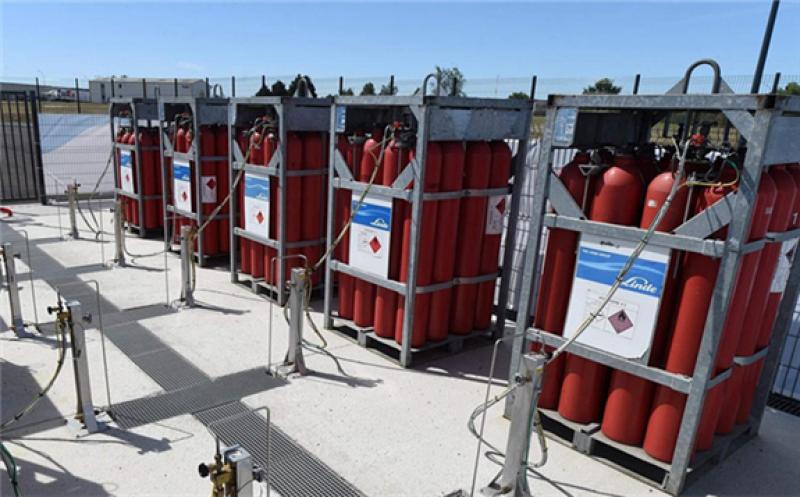Green hydrogen, produced from renewable sources, will cost less than natural gas by 2050, as the cost of solar power continues to decline, according to new research by BloombergNEF.

The cost of green hydrogen will decline in comparison with natural gas on an energy-equivalent basis in 15 of 28 markets surveyed by BNEF.
The countries studied accounted for a third of global gross domestic product in 2019.
The cost of green hydrogen, which is considered expensive to produce today, should decline by up to 85 per cent by 2050 and could fall below $1 per kilogram or $7.4 per one million British thermal units by 2050 in most markets.
“Such low renewable hydrogen costs could completely rewrite the energy map. It shows that in future, at least 33 per cent of the world economy could be powered by clean energy for not a cent more than it pays for fossil fuels," said Martin Tengler, lead hydrogen analyst at BloombergNEF.
Globally, the hydrogen industry is expected to grow to $183bn by 2023, from $129bn in 2017, according to Fitch Solutions. French investment bank Natixis estimates that investments in hydrogen will exceed $300bn by 2030.
Oil exporting countries in the Middle East such as Saudi Arabia and the UAE plan to tap into hydrogen and produce the clean, alternative fuel for exports in the future.
The kingdom has ambitions to become the world's largest producer of hydrogen. The UAE earlier this year formed an alliance of three state entities, including its national oil company, to produce hydrogen at scale.
According to BNEF, green hydrogen could prove to be cheaper than the blue variant, which refers to the gas produced from fossil fuels through carbon capture and storage. Green hydrogen will also prove to be cheaper than the grey variant, which is produced from fossil fuels directly and is highly polluting.
The continued decline in costs for solar photovoltaic technology is the key driver behind the declining costs for green hydrogen.
"PV electricity will be 40 per cent cheaper in 2050 than what we had thought just two years ago," the report said.
More automatic manufacturing, less silicon and silver consumption, higher photovoltaic efficiency of solar cells and greater yields using bifacial panels will support the decline in costs for solar PV electricity.
However, the report urged governments to continue adopting measures to accelerate the development of clean hydrogen.
"The technology will require continued government support to get there – we are at the high part of the cost curve now and policy-supported investment is needed to get to the low part," Mr Tengler said.
This article is reproduced at www.thenationalnews.com